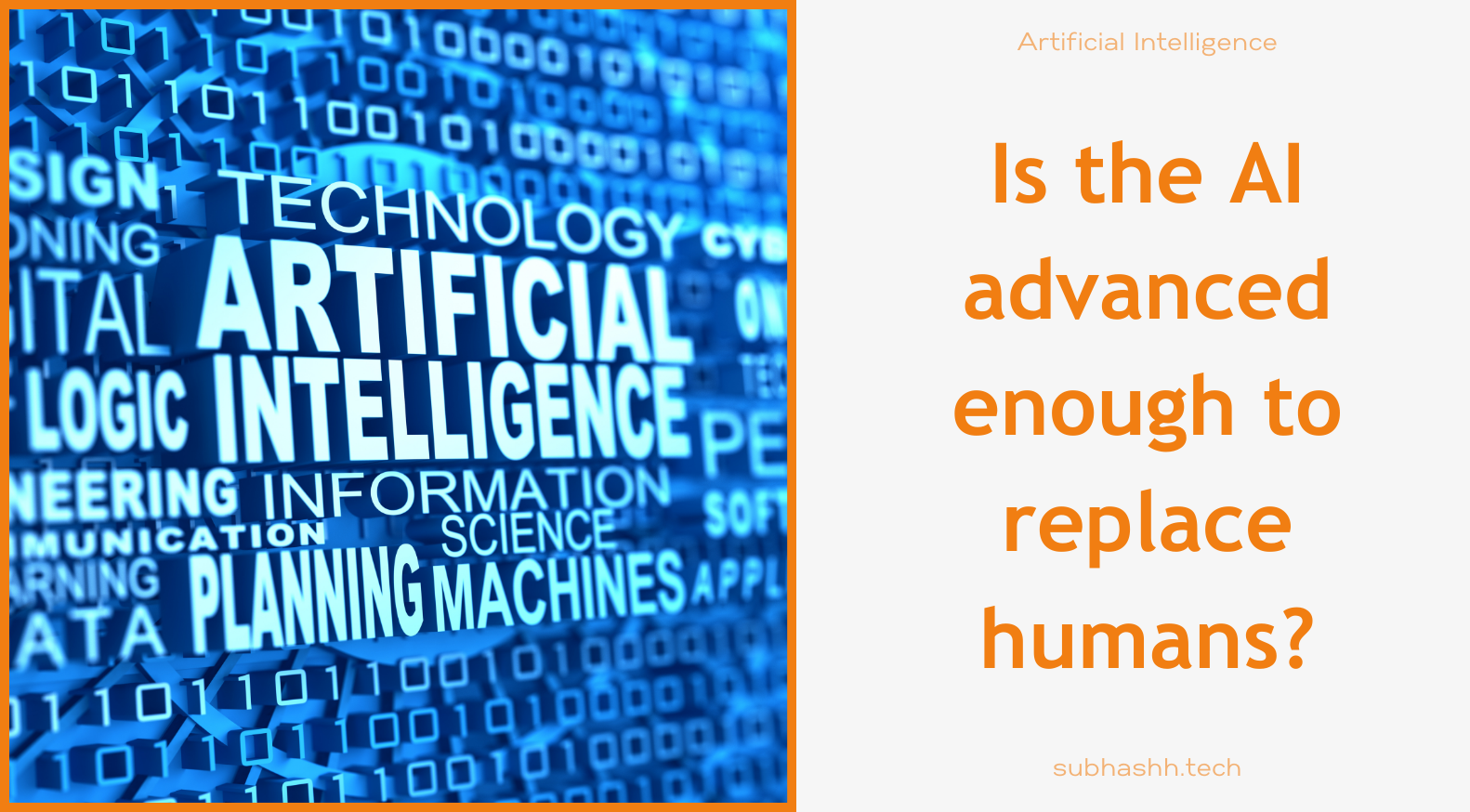Has Artificial Intelligence become advanced enough to be a threat to humanity?

The possible risks of artificial intelligence (AI) and whether it could endanger humans have generated a lot of worry and discussion. While it’s critical to take into account the possible dangers and challenges posed by AI, it’s also crucial to understand that humans won’t be wiped out by the technology any time soon.
First off, it’s crucial to realize that artificial intelligence (AI) is not a single thing or technology, but rather a large and constantly expanding field that covers a variety of tools and uses. AI is not a conscious or self-aware being that is capable of acting on its own, but rather a collection of instruments and algorithms created to support or improve human abilities.
Additionally, several ethical, legal, and regulatory frameworks that assure the appropriate and safe use of AI are applicable to its development and deployment. These frameworks are intended to ensure that AI is developed and deployed in a transparent, accountable, and fair manner as well as to avoid AI from harming people or society.
Additionally, through careful planning, risk assessment, and coordination amongst multiple stakeholders, including governments, industry, universities, and civil society, the potential hazards and problems of AI may be addressed and minimized. This can make sure that AI is developed and applied in a way that optimizes its advantages and reduces any possible threats.
In conclusion, while it’s critical to take into account the possible dangers and difficulties posed by AI, it’s also crucial to understand that humans won’t be wiped out by the technology anytime soon. The potential risks associated with AI can be controlled and reduced via careful preparation and cooperation.